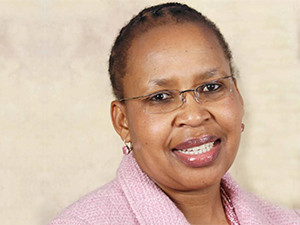
Patients admitted to any of the Steve Biko Academic cluster hospitals in Tshwane no longer have to wait for long hours before being allocated a bed, thanks to a new system introduced by the Gauteng Department of Health yesterday.
According to the department, the Electronic Bed Management System allows medical staff to identify the location of available beds across the cluster hospitals, improving patient movement and management.
Using cloud-based technology, the system allows hospital staff to view current bed availability within their hospital on large display screens or over the Internet on their mobile device or PC, says a statement from the department.
Dr Htwe, clinical manager at Kalafong Hospital, says during the pilot phase earlier this year, the system proved successful and a decision was taken to roll it out across the cluster hospitals.
These consist of the Steve Biko Academic Hospital, Mamelodi Hospital, Tshwane District Hospital, Kalafong Hospital, Tembisa hospital and Pretoria West hospital.
"Management is using eBMS to make reallocation decisions about ward beds. We have split wards which are not frequently used from those that are, and we have move beds to a ward that is always busy.
"Having had the system in place since early January, Kalafong has already seen a two-hour reduction in their casualty waiting times," says Htwe.
Muhammad Simjee, founder of IT solutions company A2D24, the company that created the system, says previously when a patient walked in a hospital, the ward staff would have to communicate with the administration office to find out which wards and beds were vacant.
The patient's information was written on paper which was placed in a file prior to being stored away. This would make it difficult for other staff members to find or keep track of patient details, he says.
He explains with the new system, the information is stored on a cloud and dashboards were created to allow staff and other medical facilities access to information regarding where the patient is admitted and most importantly, which wards are available.
Simjee points out the ambulance dispatchers in the Gauteng Emergency Medical Services' call centres also have access to the system and are able to direct ambulance drivers to the hospitals with vacant ICU sections and wards.
"Hospital staff members are also able to connect to the cloud via their mobile phones, tablet or computers.
"Some hospitals have already seen a reduction in patient waiting times and better ward and staff utilisation," added Simjee.
MEC for Health, Qedani Mahlangu, says the introduction of this system was part of an initiative by the department to improve healthcare provision through the use of technology.
She adds she anticipates the system will be fully implemented across the province by the end of 2016.
Share